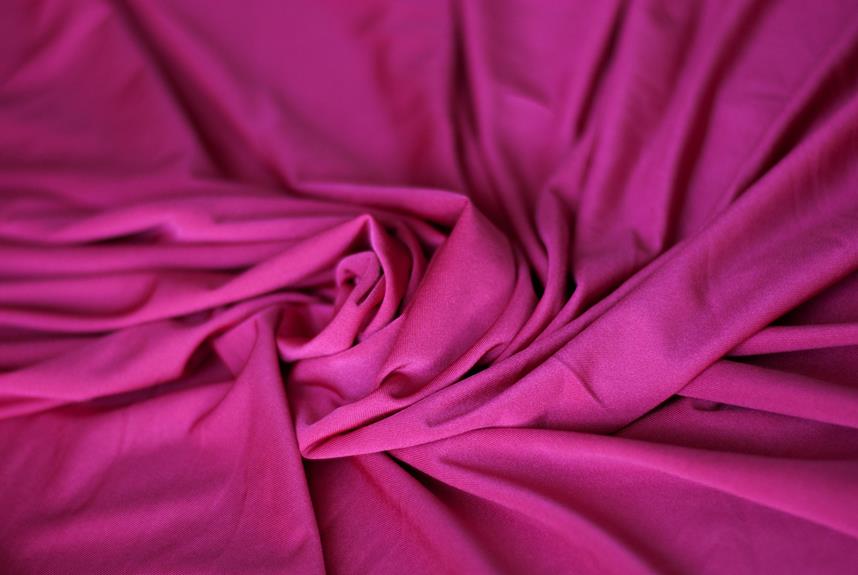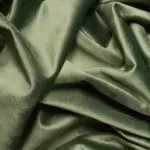When you're choosing between seersucker and twill, it helps to understand their distinct qualities. Seersucker's lightweight, crinkled texture is perfect for laid-back summer outfits, while twill's smooth, diagonal weave offers durability and a classic finish, making it a staple in tailored clothing. Each fabric has its unique charm and practical applications, but what really sets them apart in terms of comfort and style? Exploring their characteristics and best uses can reveal more than just surface differences—there's a deeper conversation about fabric choice that can impact your wardrobe decisions.
Table of Contents
Overview of Seersucker
Seersucker is a lightweight, textured cotton fabric known for its distinctive wrinkled appearance and breathable qualities. When you wear seersucker, you'll appreciate its unique texture, which creates air pockets that help keep you cool in warm weather. This fabric's signature puckered stripes not only add visual interest but also reduce the fabric's contact with your skin, enhancing comfort during hot days.
Originating from India, seersucker gained popularity in the American South, where it became synonymous with summer styles. You'll often find it in casual clothing like shirts, dresses, and shorts, making it a staple for relaxed, outdoor gatherings. Its playful, laid-back vibe works well for both men and women, allowing you to feel stylish without sacrificing comfort.
Caring for seersucker is a breeze, as it doesn't require ironing due to its naturally wrinkled texture. Just toss it in the wash, and it'll maintain its appearance with minimal effort.
Overview of Twill
Twill is a versatile fabric characterized by its diagonal weave, which gives it a sturdy yet flexible quality, making it a popular choice for a variety of garments. You'll often find twill in items like jeans, chinos, and jackets because it offers both durability and comfort.
The unique weaving pattern not only enhances its strength but also creates a distinct texture that can add visual interest to your wardrobe. Twill fabrics can range from lightweight options, perfect for summer wear, to heavier varieties suited for colder weather.
When you touch twill, you'll notice it has a soft feel, which makes it comfortable against your skin. This fabric is also less prone to wrinkling compared to others, so you can maintain a polished look with minimal effort.
In terms of care, twill is generally easy to wash and maintain, making it an excellent choice for everyday wear. Whether you're dressing up for a special occasion or going casual, twill's adaptability makes it a staple in many closets. You'll appreciate its blend of style and practicality as you incorporate it into your outfits.
Key Characteristics Comparison
When comparing fabric types, you'll find that seersucker and twill each bring distinct characteristics that cater to different preferences and uses. Understanding these key traits can help you make an informed choice when selecting fabric for your next project or wardrobe addition.
- Texture: Seersucker features a unique crinkled texture, which allows it to sit away from the skin, promoting airflow and comfort. In contrast, twill has a smooth, diagonal weave that creates a soft, sturdy feel.
- Weight: Seersucker is typically lightweight, making it ideal for warm weather. Twill, however, can range from lightweight to heavyweight, giving you options depending on the season and purpose.
- Durability: Twill is known for its durability, often resisting creasing and wear over time. Seersucker, while not as robust, offers a casual charm perfect for less formal occasions.
- Appearance: Seersucker usually comes in bright, playful patterns, while twill boasts a more classic look, often available in solid colors or subtle prints.
Best Uses for Each Fabric
Choosing the right fabric for your projects or wardrobe can greatly enhance both comfort and style, so understanding the best uses for seersucker and twill is important.
Seersucker is perfect for warm weather due to its lightweight and breathable nature. You'll find it commonly used in summer dresses, lightweight shirts, and casual suits. Its unique texture also makes it an excellent choice for beachwear or picnic outfits, offering a laid-back vibe while keeping you cool.
On the other hand, twill is a versatile fabric often favored for its durability and structure. It's ideal for making tailored trousers, blazers, and jackets, providing a polished look that's suitable for both casual and formal occasions. Twill's weight and drape make it appropriate for transitional seasons, so you can wear it comfortably in spring or fall.
Care and Maintenance Tips
To keep your seersucker and twill garments looking their best, it's essential to follow specific care and maintenance practices tailored to each fabric's unique characteristics. By doing so, you can extend their lifespan and maintain their appearance.
For seersucker:
- Washing: Wash in cold water on a gentle cycle. Avoid bleach, as it can damage the fabric's texture.
- Drying: Air-dry your seersucker items to prevent shrinking. If you use a dryer, select a low heat setting.
- Ironing: If needed, iron on a low heat setting while the fabric is slightly damp. This helps maintain its signature crinkled look.
For twill:
- Washing: Machine wash in warm water. Use a mild detergent to keep the colors vibrant.
- Drying: Tumble dry on low heat or hang to dry to avoid excessive wrinkling.
- Ironing: Iron while slightly damp on a medium heat setting to smooth out wrinkles without damaging the fabric.
Frequently Asked Questions
Can Seersucker Be Used for Formal Attire?
Yes, you can use seersucker for formal attire, especially in warmer climates. It offers a unique texture and breathability, but make sure to choose tailored designs and pair it with appropriate accessories for a polished look.
Is Twill Fabric More Durable Than Seersucker?
Yes, twill fabric's tightly woven structure often makes it more durable than seersucker. You'll find twill holds up better against wear and tear, making it a great choice for clothing that needs to withstand frequent use.
What Are the Environmental Impacts of Seersucker and Twill?
When considering environmental impacts, you'll find that both fabrics vary. Seersucker often uses cotton, which requires water and pesticides, while twill can be made from sustainable materials, reducing its ecological footprint. Always check sourcing!
Are There Any Common Blends With Seersucker or Twill?
You'll often find seersucker blended with cotton for breathability, while twill commonly mixes with polyester for durability. These blends enhance comfort and performance, making both fabrics versatile choices for various clothing styles and uses.
How Do Price Points Compare Between Seersucker and Twill Fabrics?
When you compare price points, you'll often find that seersucker tends to be more affordable due to its simpler manufacturing process. Twill, with its intricate weaving, usually comes at a higher price.
- The Role of a Fabric Sourcing Agent in China: Do You Need One? - June 20, 2025
- A Guide to Sourcing High-Quality Lace Fabric From China - June 20, 2025
- Exploring the Iconic Designs of China Seas Fabric - June 20, 2025






